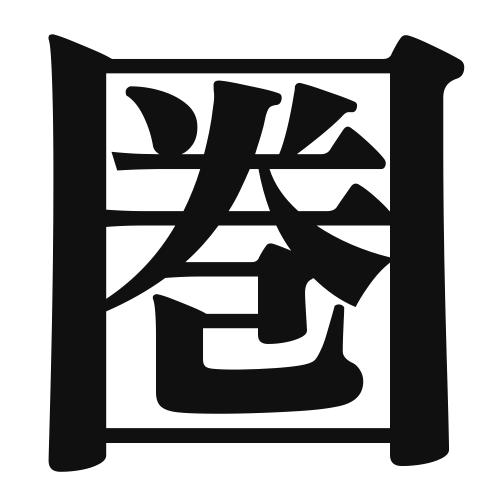1. Overview of Meaning
The kanji “圏” (ken) generally means “sphere” or “circle.” It represents a concept of an area or domain, often used in contexts such as geographical regions or fields of study.
2. Formation and Radical
Formation of the Kanji: The kanji “圏” is a compound character, formed by combining the elements that represent a physical boundary or enclosure. It is classified as a compound ideograph, as it combines meanings to convey the idea of a defined area.
Radical: The radical for “圏” is “囗” (enclosure), which indicates that the character relates to something that is surrounded or contained.
3. Examples of Usage
Common Words and Phrases: Some frequently used words that include “圏” are “圏内” (kennai – within the sphere) and “圏外” (kengai – outside the sphere).
Example Sentences in Daily Conversation:
- この地域は観光圏に含まれています。 (This area is included in the tourist sphere.)
- 彼は科学の圏で非常に有名です。 (He is very famous in the field of science.)
4. Synonyms and Antonyms
Similar Kanji: A similar kanji is “域” (iki), which also refers to a domain or area but is often used in a more abstract sense, such as in “領域” (ryōiki – territory or domain).
Antonyms: An antonym for “圏” could be “外” (soto), meaning “outside,” which indicates a space beyond a defined area.
5. Cultural and Historical Background
Relation to Japanese Culture: The concept of “圏” is significant in Japanese culture, particularly in discussions about regional identity and community boundaries.
Proverbs and Idioms: One common idiom is “圏を超える” (ken o koeru – to go beyond the sphere), which signifies breaking out of one’s usual limits or boundaries.
